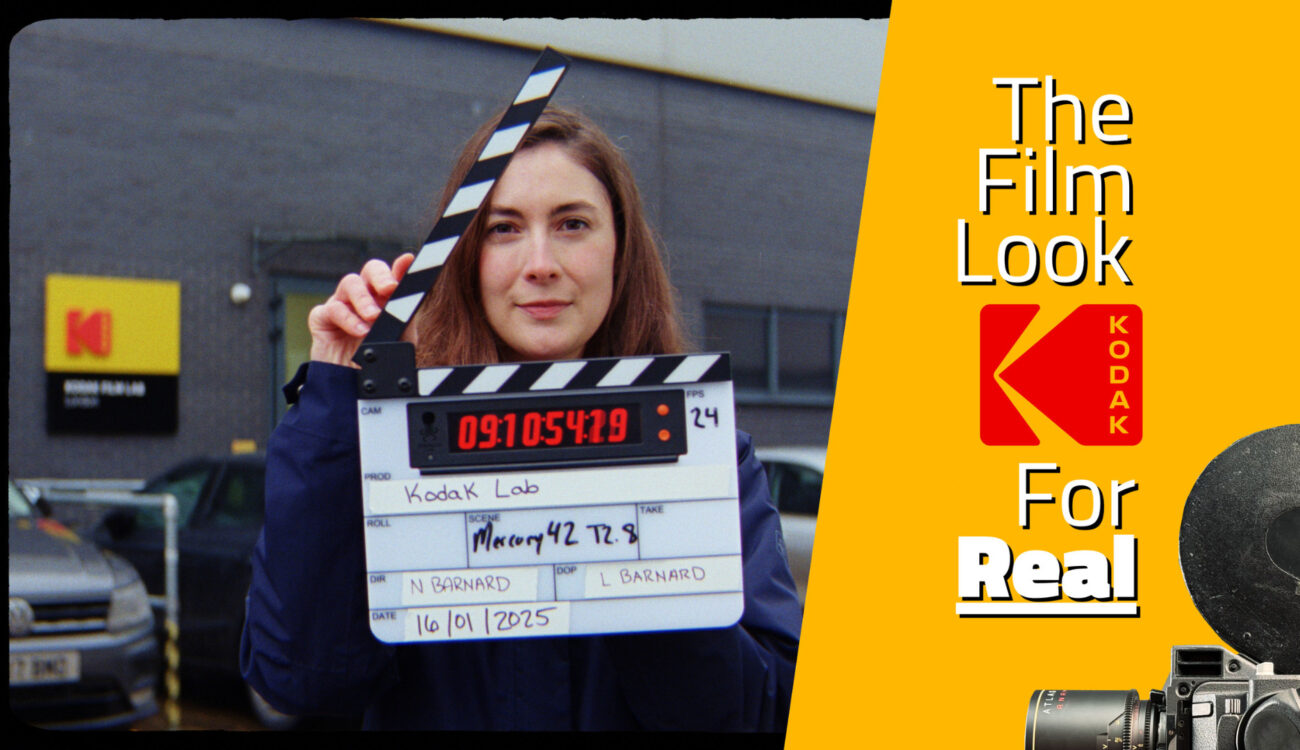
It’s 2025. Is motion picture film still relevant? As little as 25 years ago, film was the only choice for cinematic productions, but is now an alternative to shooting digital. There’s a strong case that digital cinema cameras have surpassed film in terms of quality and convenience. But despite that, the film look remains incredibly popular. Many digital productions are finished with very convincing film emulation grades.
Why is the film look so popular? For a lot of people, it’s rich contrast, softer highlights and distinctive grain evokes a timeless, cinematic aesthetic which many associate with high-quality storytelling. The film look is shorthand for ‘this must be a quality production’. But it’s beautiful in its own right. Its unique colour palette and grain adds a patina to whatever you shoot, adding something engaging and dynamic to your image. So, even without film’s rich history, the film look is still a relevant tool.
When so much time is spent making digital images look like film, it begs the question – Why not simply shoot on film?

Why shoot on film?
Realistically, shooting film can add complexity, especially if you’re used to shooting digital. But there are a lot of other filmmaking decisions that also add complexity to shoots! For example: Locations, camera movement, shallow depth of field, and lighting. They all add complication, but because they have a meaningful creative impact on the finished video, filmmakers are happy to make those decisions. If simplicity was the sole driving force behind filmmaking decisions, movies, docs, and commercials would look very different.
The Art of Visual Storytelling
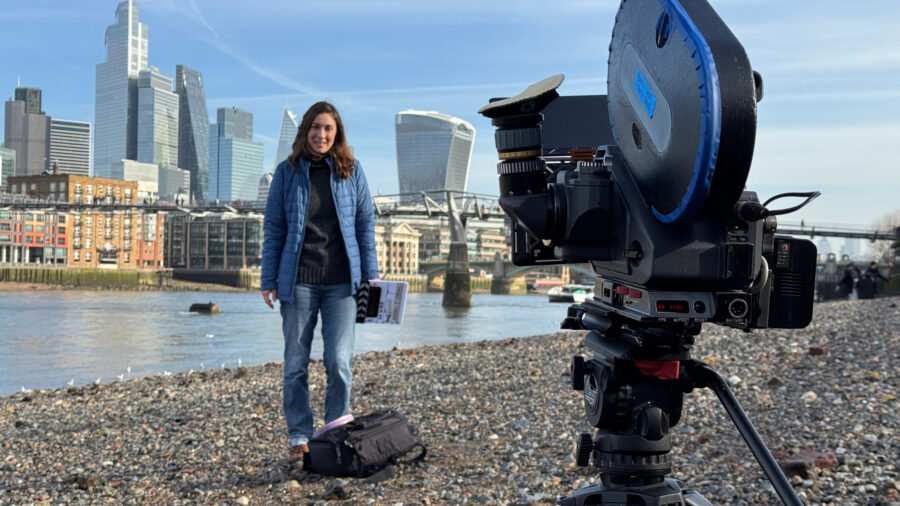
We’re not trying to explore the subjectivity of whether or not a project should have the film look. The better question is, when the film look can be recreated digitally, why would you choose to shoot on film? Here are three reasons:
- In a world where synthetic content is easier than ever to produce, film’s authenticity has an impact.
- Engineers have spent over a century refining the chemical formula of film to produce the most pleasing colours they possibly can.
- And finally, film’s cost can have a positive impact on the way you prepare and shoot. It adds constraints that shape creative decisions in a way that digital can not.

Shooting on film
In our latest video, we set out to explore what’s involved with shooting film. What better way to make a film about film, than to shoot it on film. The video contains a mix of 8mm, 16mm, 35mm and digital and covers equipment selection, production, a visit to Kodak’s London Lab, scanning and editing in DaVinci Resolve.


Lab tour
Kodak kindly allowed us to visit their London Lab, located in the Ken Adams building at Pinewood Studios. They handle everything from student films to the highest budget features. Andy Hill, a second generation film engineer, was our guide. Here’s a brief overview of the process:
- When film arrives, it’s logged and sent to the dark room. In pitch black darkness, technicians load the film into light-proof magazines.
- The ‘lab rolls’ assembled in the darkroom are loaded onto the development machines. The film will pass through six different chemical baths before emerging the other end, developed, and dry!
- Individual customer orders can now be re-assembled, cleaned, and packaged.
- Most customers have their film scanned while it’s at the lab. At their London lab, Kodak has partnered with Digital Orchard for scanning.
The team’s attention to detail at every stage of the process really stood out to us. For example:
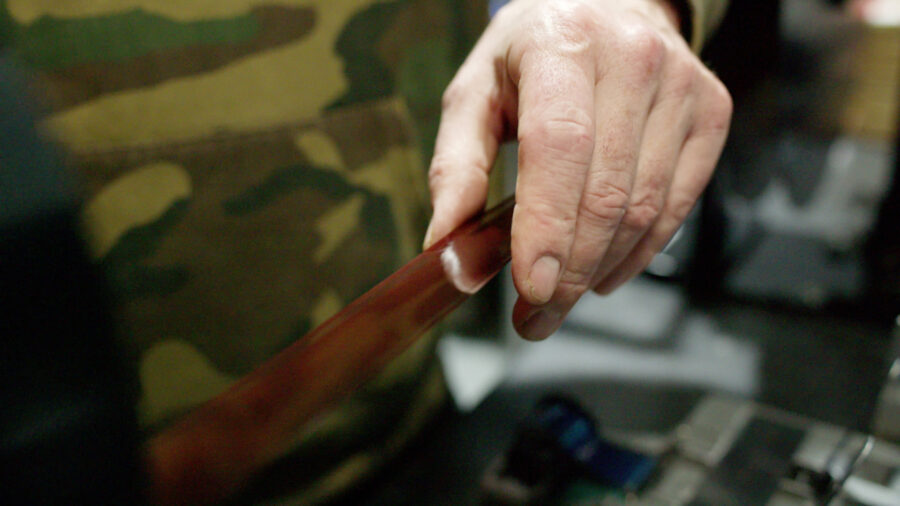
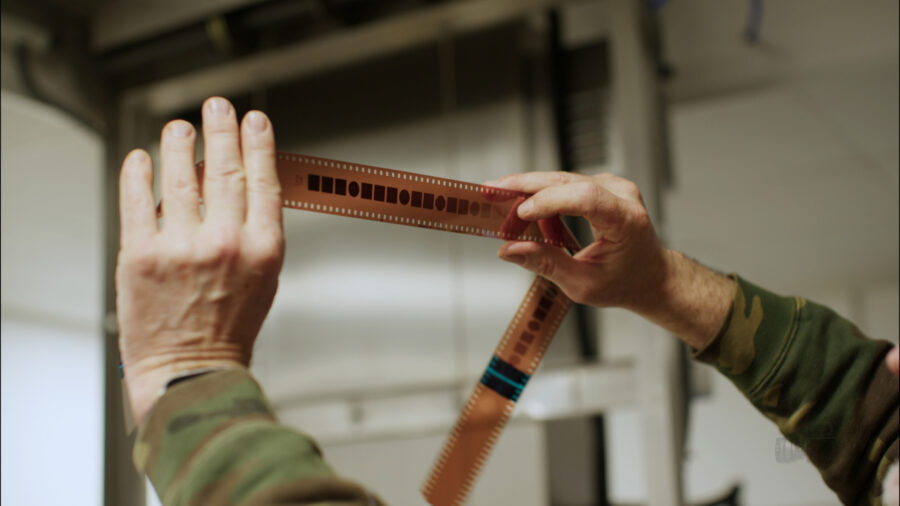
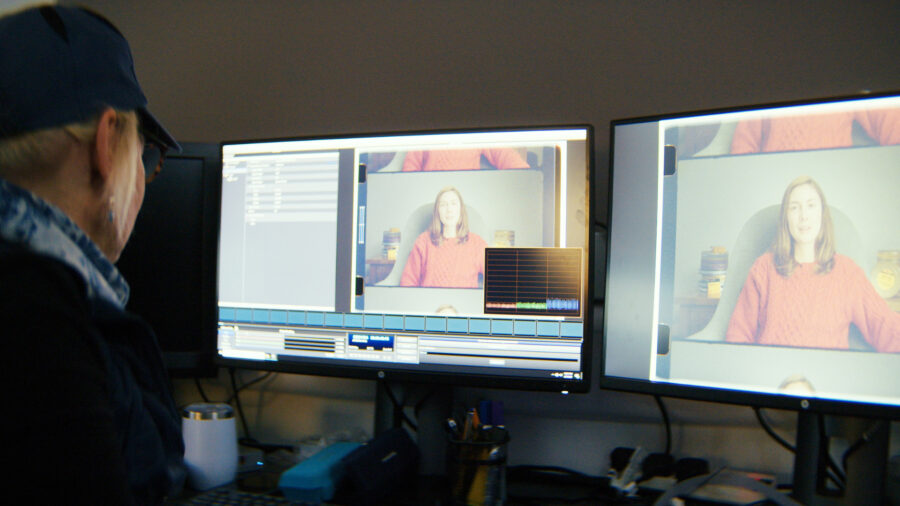
How much does it cost?
The big question and perhaps the one to most likely influence whether you shoot on film is: How much does it cost? While film is typically priced per foot, we’re quoting costs per minute as it’s easier for a non-film shooter to digest. These are approximate prices based on current UK prices (as of Feb 2025).
- 8mm £42 per minute (approx. $60)
- 16mm £28 per minute (approx. $35)
- 35mm (4-perf) £91 per minute (approx. $114)
Some things to note:
- 8mm is more expensive than 16mm. That’s due to economies of scale.
- 16mm is the most economical choice. It also has a stronger film aesthetic than 35mm.
- Shooting 2 or 3 perf 35mm is cheaper. 2 perf gives you twice the run time on the same footage of film.
I know what you’re thinking. That sounds like a lot of money considering digital is free. But is it free? There are costs associated with shooting digital that are often overlooked. While you don’t have to buy film and you get to re-use memory cards, when working professionally you do need to budget for digital storage. Even a moderate shoot might generate several terabytes.
Shooting ratios are usually much higher when shooting digital. This impacts both production and post-production costs as more time and organization are required.
And finally, the single biggest cost of production, whether on digital or film, is labour. For example, a crew shooting scripted content will typically manage between 1 and 2 minutes of final runtime per day. With just ten crew members, daily costs for labour on a commercial project could easily hit $5,000 to $10,000, that doesn’t even include locations, talent, or equipment. A 5:1 shooting ratio on 16mm will only add another $1,000 to the daily spend. It might be more relevant to consider the project’s final cost per minute than the per minute cost of acquisition.
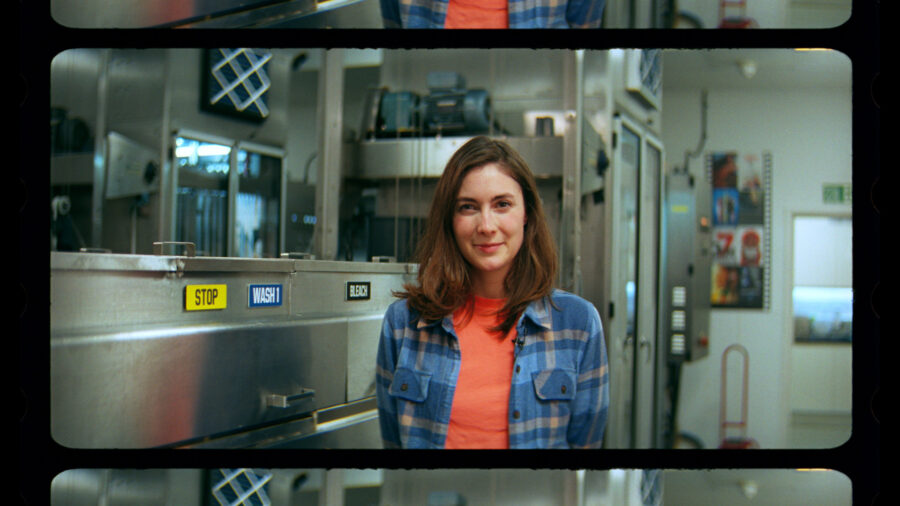
In summary, when your projects reach a moderate budget, the additional expense of choosing film can start to become less significant, especially when compared to the benefits it brings to your final product. To be clear, and for those who feel strongly, you don’t need to shoot on film. Incredible movies are getting made on both film and digital. Ultimately, it’s the artist that makes great art, not the canvas. We love that both film and digital are available to filmmakers.
If you’d like to learn more about our experience, or are just curious to watch cool filmmaking tech, you should check out our video at the top of the article. You can also get more information by visiting the Kodak London Lab website, and the Digital Orchard website.
What are your thoughts? Don’t forget to leave us a comment in the section below!



























